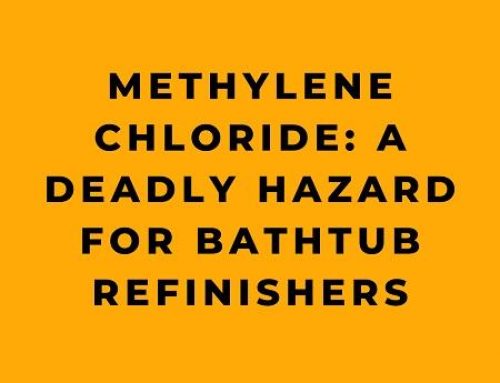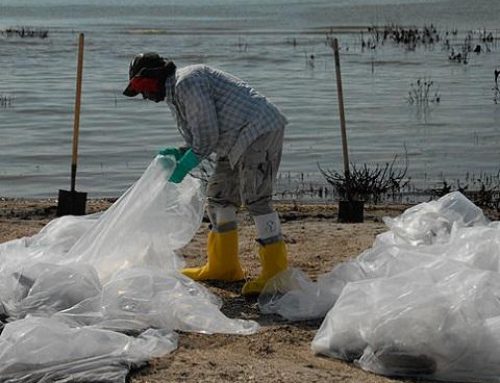Personal protective equipment (PPE) plays a critical role in preventing exposure and contamination in healthcare settings. PPE is designed to protect healthcare workers from exposure to infectious diseases, hazardous materials, and other potential hazards. However, it’s crucial to understand how to properly select, use, and maintain PPE to ensure its effectiveness.
The first step in preventing exposure and contamination through personal protective equipment (PPE) in healthcare is understanding the types of PPE that are necessary for different situations. According to the Centers for Disease Control and Prevention (CDC), this can include gowns, gloves, masks, and goggles or face shields. Each type of PPE serves a specific purpose, such as protecting the skin and mucous membranes, or providing a barrier against airborne particles. It’s important to understand the specific PPE requirements for each job task and to make sure that the PPE is appropriate, clean, and in good working condition.
The next step in preventing exposure and contamination is proper use and maintenance of PPE. According to the Occupational Safety and Health Administration (OSHA), this includes ensuring that the PPE fits properly, is worn correctly, and is removed in the proper order. Additionally, PPE should be inspected before each use and replaced if it is damaged or soiled. It’s important to follow all manufacturer’s instructions for use and cleaning, as well as to properly store PPE when it is not in use. It’s also important to note that PPE should be used in combination with other infection control measures such as hand hygiene, environmental cleaning and engineering controls.
Another important step in preventing exposure and contamination is education and training for healthcare workers. According to the World Health Organization (WHO), this should include information on the types of PPE, proper use, and limitations, as well as on the correct way to put on, use, and remove PPE. Training should also include information on how to properly care for and dispose of PPE, as well as how to recognize the signs of a PPE-related problem and report it. Training should be ongoing and reinforced on a regular basis to ensure that healthcare workers are prepared to use PPE effectively.
Additionally, it’s important to regularly assess and update PPE policies and procedures. The CDC recommends reviewing and updating PPE policies and procedures at least annually, or more frequently if there are changes in the types of patients or procedures being performed. This can help ensure that PPE is appropriate for the current situation and that healthcare workers are aware of any changes in PPE requirements.
Another suggestion to add is to keep PPE readily available and easily accessible. This includes having enough PPE on hand to ensure that healthcare workers have the appropriate PPE for their job tasks, and that it is easily accessible when needed. This can help prevent delays in donning PPE, which can increase the risk of exposure and contamination.
It’s also important to consider the environmental impact of PPE disposal. Healthcare organizations should have a plan in place for the safe and proper disposal of PPE, including the proper disposal of biohazardous waste. This can help to protect the environment and reduce the risk of exposure and contamination.
Lastly, consider implementing a PPE audit program. This can be done through regular inspections or audits of the PPE usage and storage, to ensure that healthcare workers are properly using and maintaining PPE. This can also help identify areas where additional training or resources may be needed, and can help to ensure that PPE is being used effectively.
In conclusion, preventing exposure and contamination through personal protective equipment (PPE) in healthcare is vital for the safety of healthcare workers and patients. It’s important to understand the types of PPE necessary for different situations, to properly use and maintain PPE, and to educate and train healthcare workers on the correct use of PPE. By following these steps and guidelines, healthcare organizations can help ensure the safety and well-being of everyone in their care.










